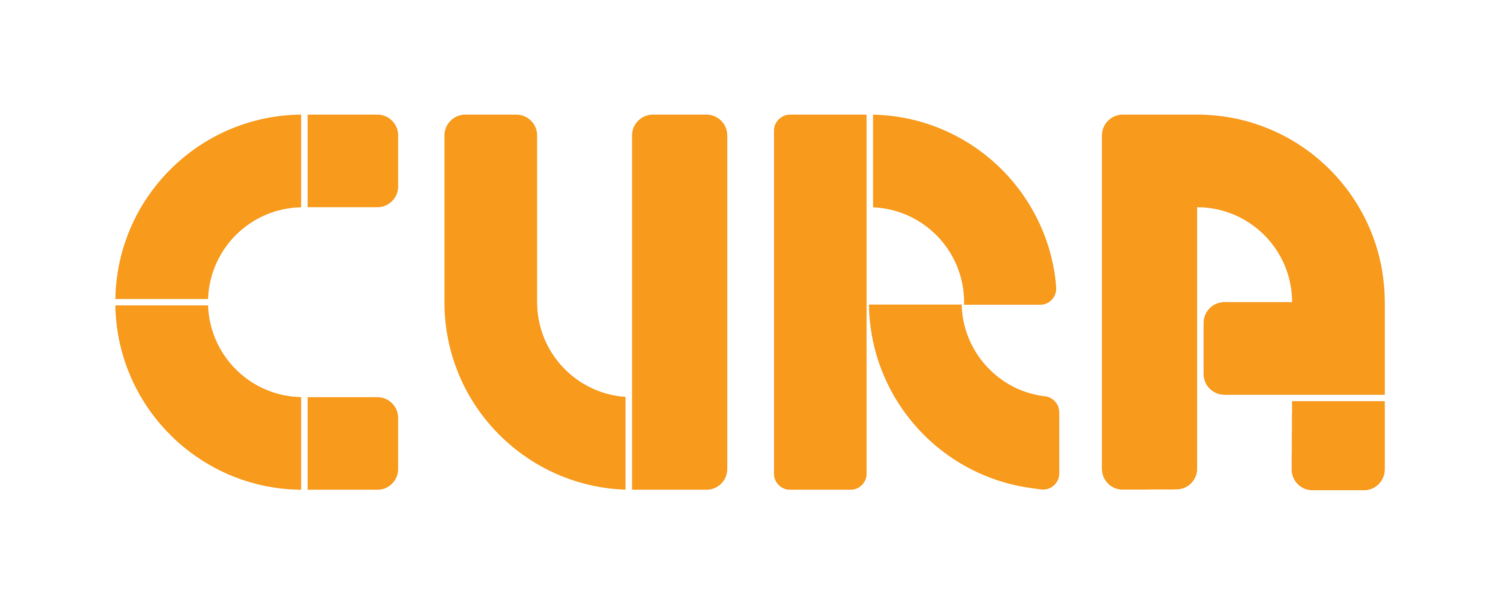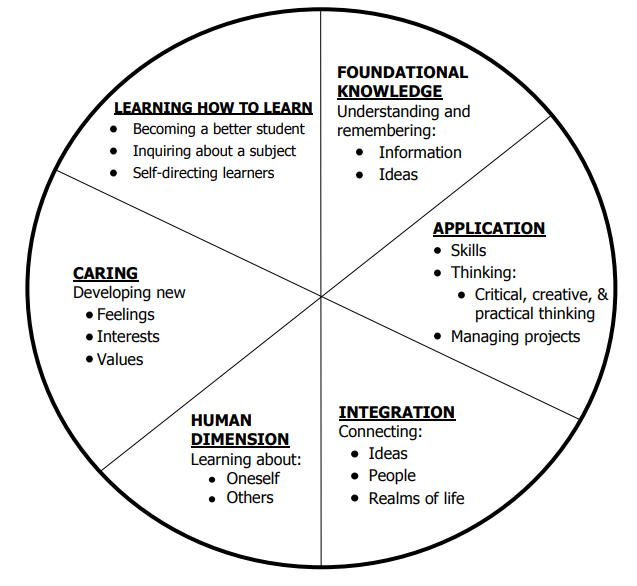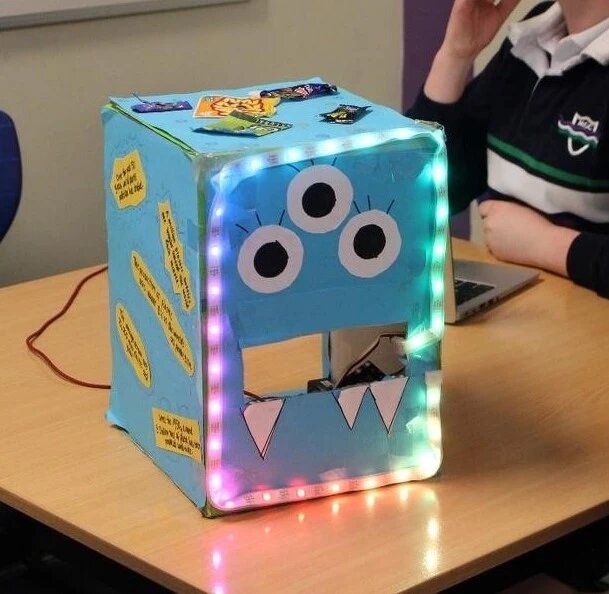
See how schools like yours have implemented thriving PBL programs
Want to hear more from innovative schools worldwide who are embracing hands-on, real-world learning?
Making PBL work at Mount Carmel College
Mount Carmel College wanted to deliver an engaging Humanities curriculum for their students. Here’s how they use Cura to help them
Making PBL work at James Nash SHS
James Nash SHS wanted to challenge a select group of students to be creative and critical thinkers. Here’s how they use Cura to help them
Making PBL work at The King’s College
The King’s College wanted to use PBL to engage low performers and extend high achievers. They succeeded on both counts. Here’s how they did it
Making PBL work at Hinterland Christian College
Hinterland Christian College are focusing on integrating academic skills with personal and social capabilities more consistently. Here’s how they use Cura to do so
Making PBL work at Cronulla High School
Cronulla High School started using PBL just before COVID hit. Now they’re continuing to implement PBL across more of the curriculum. Here’s how they’re doing it.
Short units and student skills – our recipe for successful PBL
Teachers and schools turn to project-based learning (PBL) for different reasons. For us at Tomorrow’s People College, our impetus for turning to PBL was to build soft skills (like problem-solving, creative thinking, and collaboration) into the curriculum.
The importance of building students’ skills
Lockdown was a tough time to be a teacher. But despite the many struggles we faced in keeping students motivated, we also unearthed new approaches to delivering our curriculum in a more engaging way
Putting the theory into practice
There are many challenges in establishing a new independent school. One of the most important is deciding on the philosophy which you want to underpin your curriculum - and how to then implement it
Iterate, iterate, iterate
St Joseph’s College Hunter’s Hill isn’t new to PBL. And though their journey hasn’t been linear, they’ve learned that the key element to making any curriculum change work is to iterate, iterate, iterate
Making PBL Work at Chisholm Catholic College
For the Science Learning Area at Chisholm Catholic College, the impetus for beginning our experiment with project-based learning (PBL) came from seeking overt ways to address the General Capabilities in the Australian Curriculum
Fine-tuning PBL for Year 7 students
What do you do when you are starting a new school and want to incorporate PBL as one of the key pedagogies? The answer is: treat the exercise as a PBL project in its own right!
Making PBL work at Loyola College
Take chances, make mistakes and get messy’ – how the Humanities team at Loyola College shifted their curriculum delivery towards deeper learning through PBL
Making PBL Work at Australian Christian College
How are we preparing our students for a future like this?’ – how a simple question sparked a significant shift in the way Australian Christian College approached teaching & learning, and what it took for them to succeed
How Ulverstone Secondary College used PBL to increase student engagement and lift student attainment
The leadership team set an ambitious goal of moving Year 12 retention and attainment up to 90%. For this to be achieved, some significant changes would need to occur to better engage students and make their school experience more meaningful. That’s where project-based learning came into the equation
How Melbourne Girls’ College implemented a successful project-based learning program
In Term 4 of 2019, Melbourne Girls’ College introduced a multidisciplinary project-based learning unit for Year 7 students. The challenge for us was how to plan the unit, structure it, and timetable it so that it would flow and integrate seamlessly across multiple faculties and different topic areas
Enhancing the “L” in PBL
A common misconception with PBL is that it is entirely student led. At Epping, however, we found that explicit teaching was crucial to equip students with the knowledge to tackle the project with certainty. A constructed teaching and learning program is therefore the first essential tool to have in place
Enhance your PBL unit through a community partner
St Johns Park High School believes a Project-Based Learning (PBL) approach to teaching and learning engages students in rich and authentic learning experiences. It focuses on active, student-directed learning and encourages students to face complex challenges. PBL connects students and our school with communities locally and globally. It is transformative for students and teachers
Teach the teachers: How Masada College prioritised teacher buy-in to successfully introduce PBL
Masada is focused on developing critical and creative thinkers. The school helps students become confident and independent learners who demonstrate their knowledge in a range of formats. For that reason, as a learning and teaching priority, Masada identified project-based learning (PBL) as a strategy to introduce across the school
Lessons from Lockdown: How Central Coast Adventist School used PBL to keep students engaged
My first experiences of PBL programs had entire school grades of 80-100 students put in smaller groups to complete challenges in a large hall or space with a group of teachers supervising throughout. A word often used to describe these lessons by teachers was “chaotic”
How Ivanhoe Grammar navigated the challenges of PBL during lockdown and remote learning
At Ivanhoe Grammar, project- and inquiry-based learning is an increasingly important part of our curriculum delivery. We believe that we are creating students will become model citizens in an ever-changing society if they can solve problems, think through and be empathetic to different situations and views, and understand challenges and how to overcome them




















